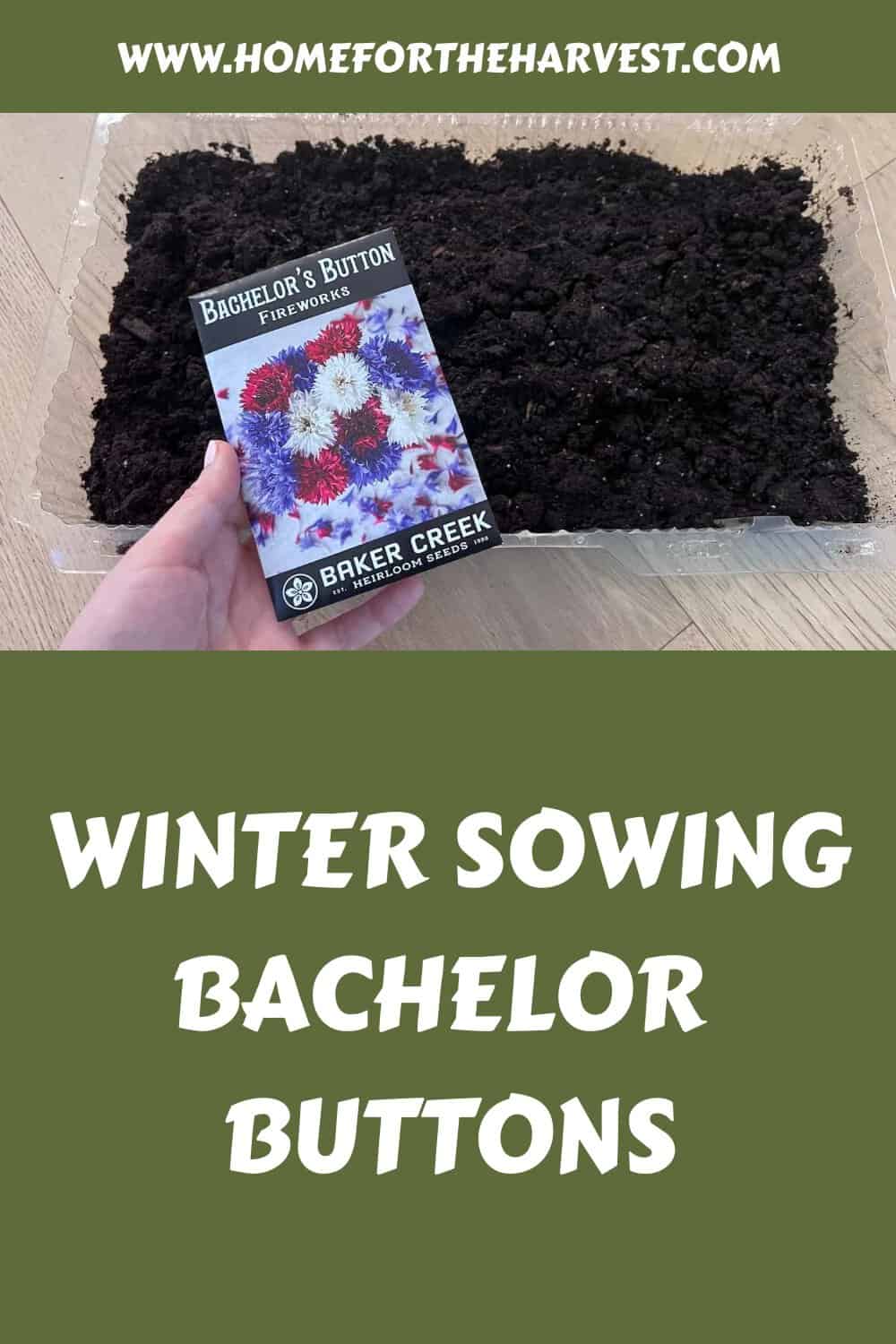Welcome to winter sowing bachelor buttons. Are you looking for an easy way to bring some cheerful color into your garden this spring? Winter sowing is a great option, and it’s especially simple when done with bachelor buttons. This method of gardening requires minimal effort on your part and can give impressive results in the warmer months.
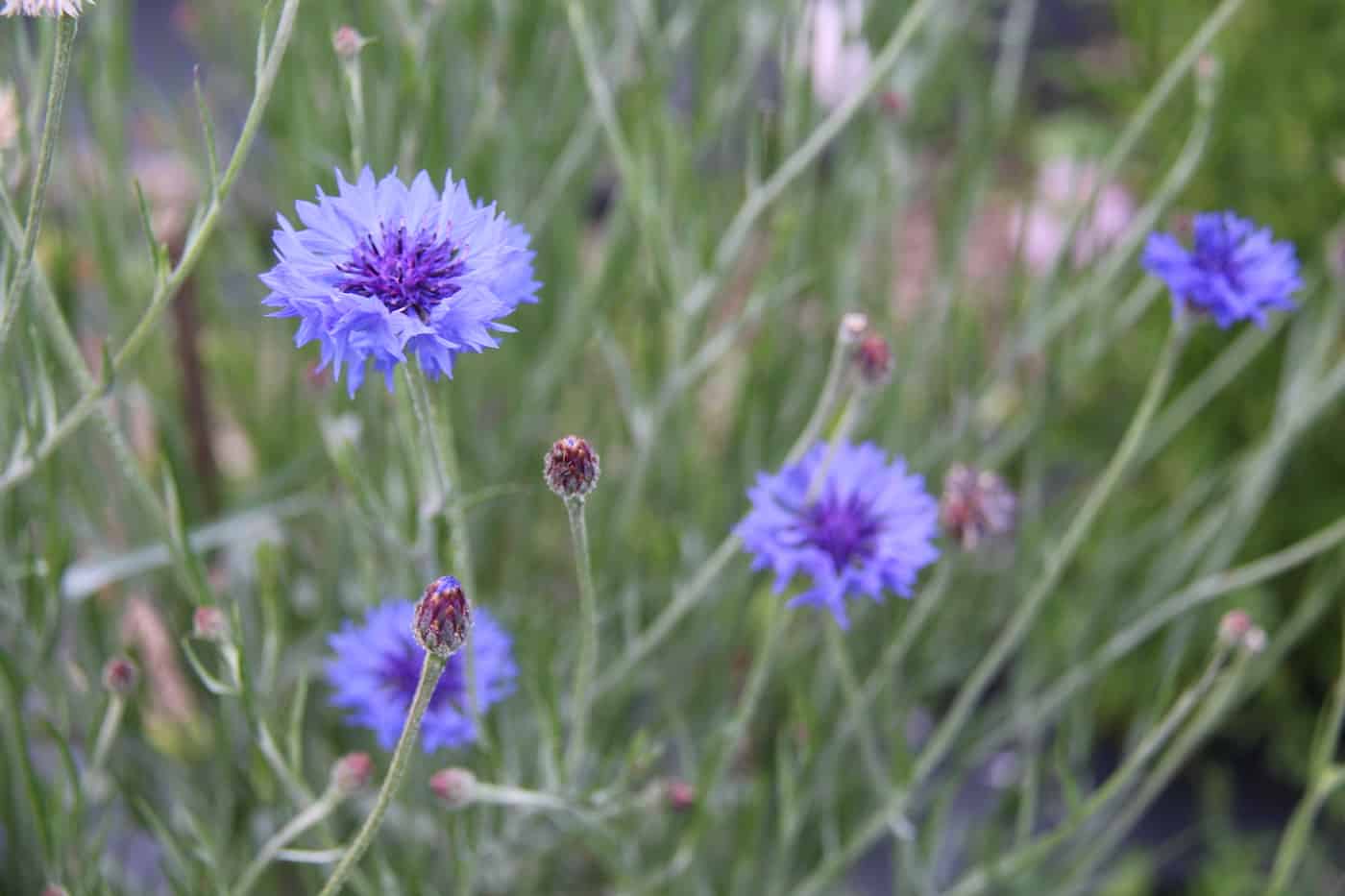
This method of gardening requires minimal effort and produces beautiful blooms that will last throughout the summer months. Bachelor buttons are easy to grow, require little maintenance, and provide stunning colors in the garden. They are also hardy enough to survive cold temperatures, making them perfect for winter sowing. By starting your seeds outdoors during the colder months you can enjoy earlier blooms come springtime.
The first step in winter sowing bachelor buttons is to collect containers with lids such as milk jugs, yogurt cups, or plastic food storage containers. Poke several small holes into the bottom of each container for drainage and fill them halfway with potting soil or seed-starting mix.
Place some seeds on top of the soil in each container then cover lightly with more soil before watering thoroughly from above until it starts dripping out of the bottom holes. Close up each lid tightly so that moisture doesn’t escape and place outside where they will be exposed to rain, snow, wind, and other elements throughout winter but protected from animals by their lids.
Make sure the location receives at least 6 hours of direct sunlight per day if possible but avoid areas prone to flooding or standing water which could cause rot issues later on down the line. Once placed outdoors check back every few weeks just in case any critters have gotten inside or if extra moisture needs added due to dry conditions caused by strong winds or hot weather spells during late winter/early spring months .
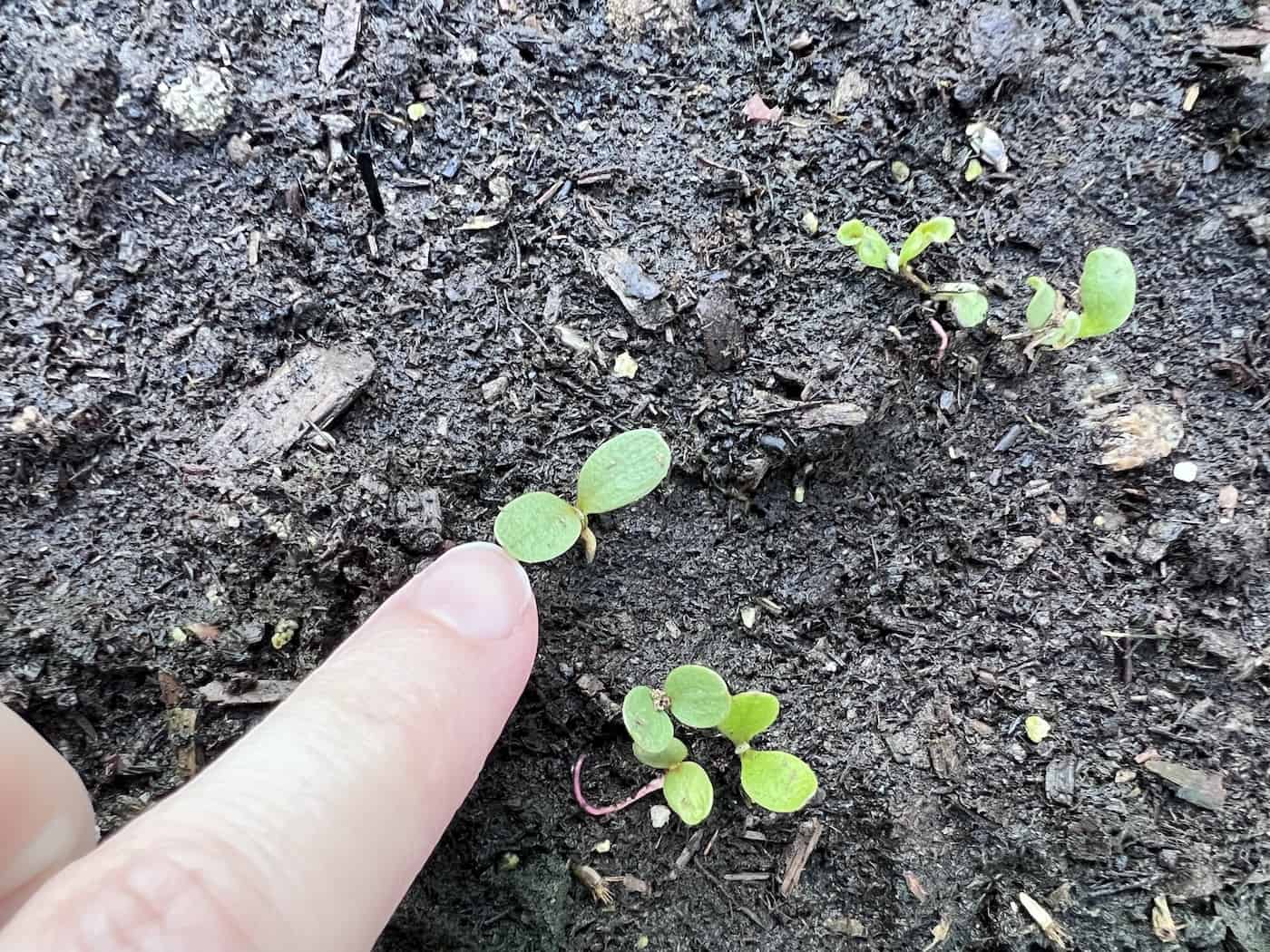
Once seedlings start sprouting open up their lids slightly so air can circulate freely while still protecting against animal pests like birds and rodents who may try snacking on young plants before they’re ready for harvest time. If needed, add a bit more water, since some days may be warmer than others causing evaporation quicker than normal rates would suggest otherwise (just don’t overwater).
Once seedlings reach 3-4 inches tall, they should be transplanted into individual pots filled with fresh potting soil or directly into prepared beds outdoors. Make sure there is plenty of space between plants when transplanting as overcrowded gardens tend not to produce well no matter how much care was put into initial stages beforehand – give them room. When finished, give everything one final deep watering session before stepping back and admiring all those gorgeous bachelor button flowers soon coming our way.
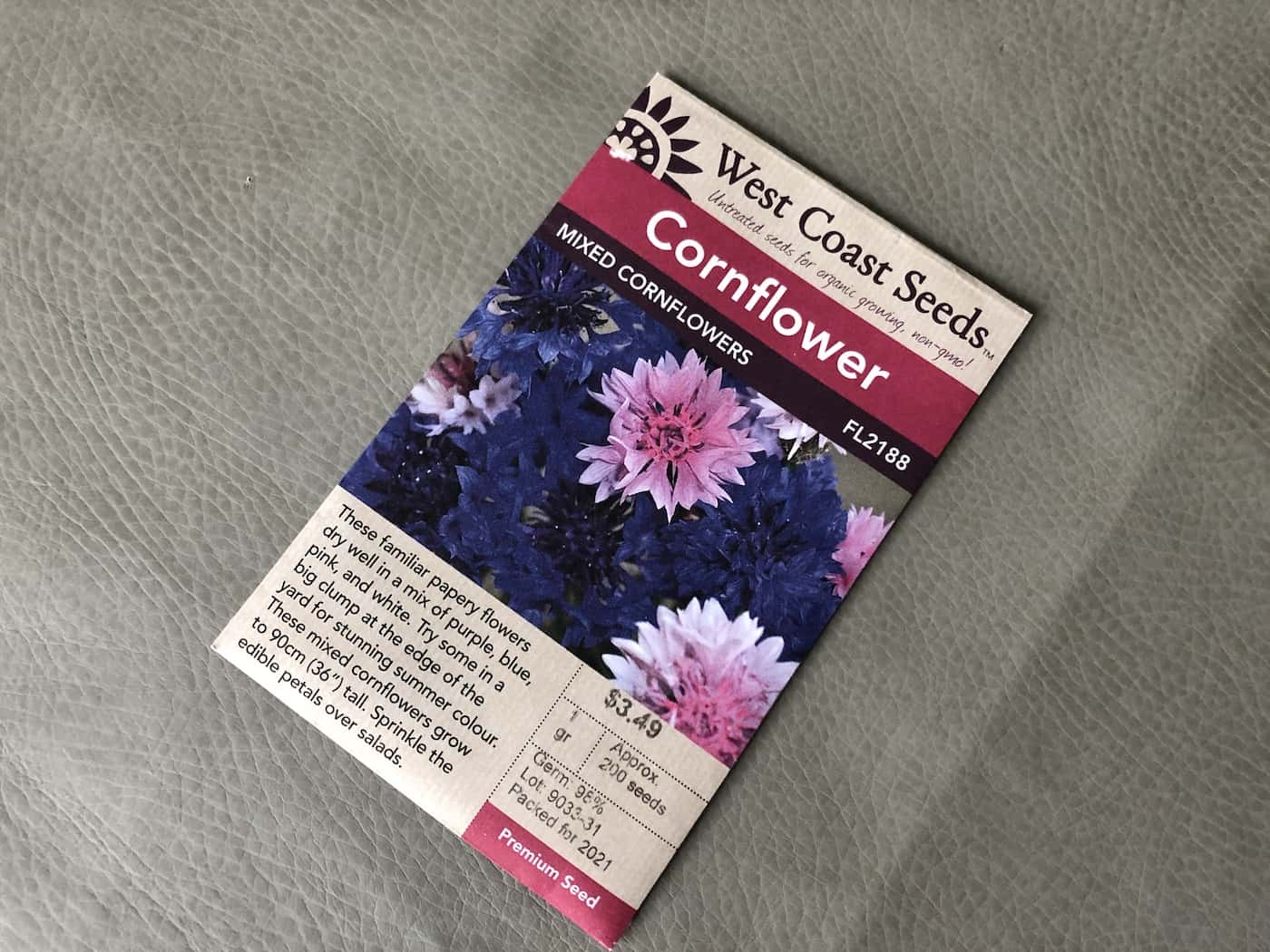
It’s an easy and affordable way to add some beautiful blooms to your landscape without having to be an expert gardener.
To begin winter sowing bachelor buttons, you’ll need some clear plastic containers with lids, potting soil, and bachelor button seeds. Fill each container with potting soil so it’s about 2-4 inches deep. Sprinkle the seeds over the top of the soil. You can use 1-2 seeds per container if the containers are small and you don’t have many seeds. In larger containers and/or if you have lots of seeds, sprinkle them loosely over the surface.
Mist the planted seed bed with water if you like. Tape the lid to the base of the container (if necessary to keep it secured). Be sure to leave some air holes in the lid for air circulation and for rain and snow to enter gently. Place the containers outside in a sunny spot – this could be on a balcony or patio – making sure they are protected from animals with their lids.
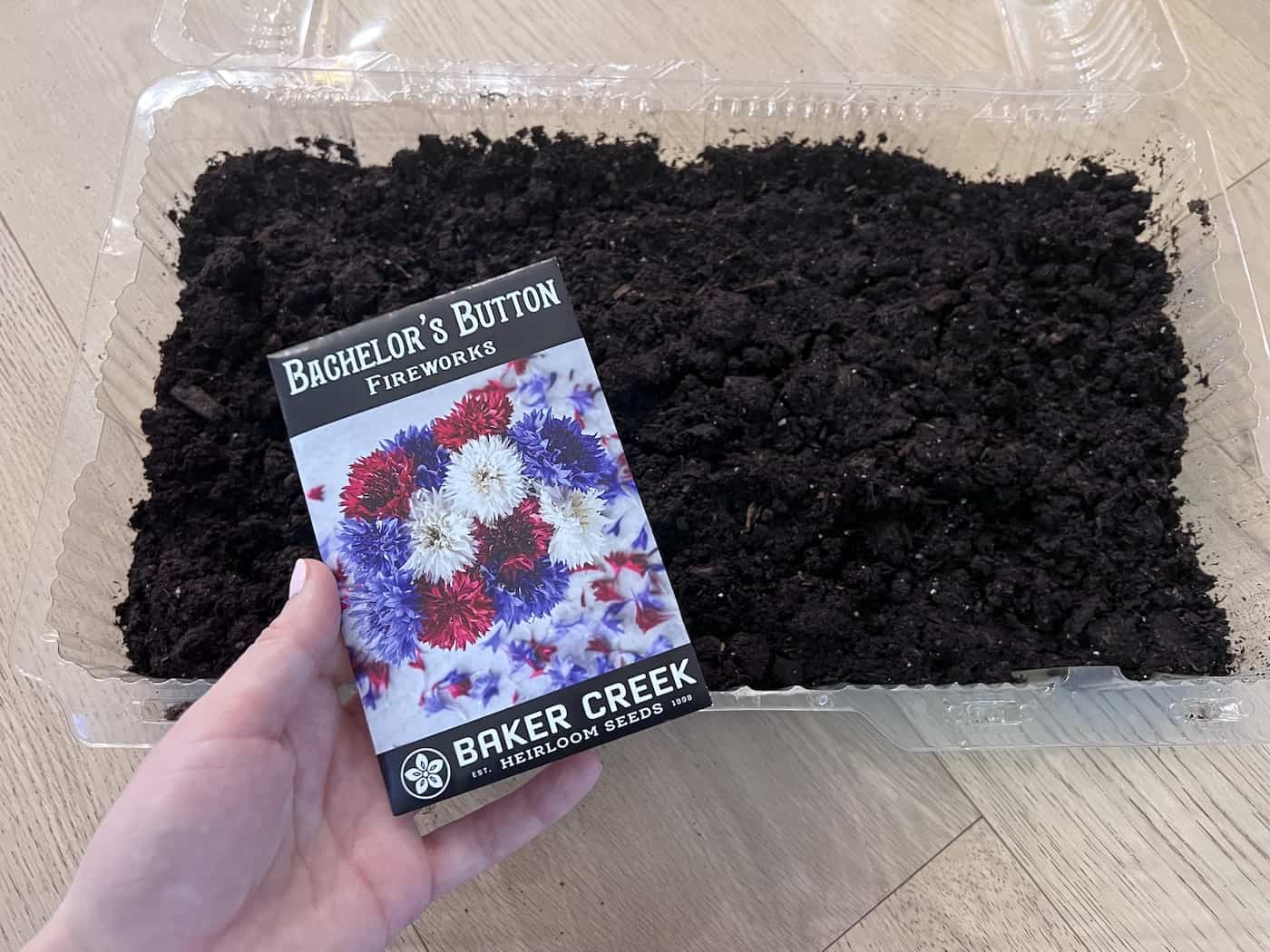
Caring for seedlings as they sprout
As temperatures warm up in late winter/early spring, you may notice small green shoots emerging from the soil – these are your seedlings. Make sure that you keep them well-watered throughout this time; too much water will cause root rot, so make sure not to overwater them either. If needed, give them extra protection against harsh weather conditions such as strong winds or heavy rain by placing something like cardboard over the top of the containers during bad weather.
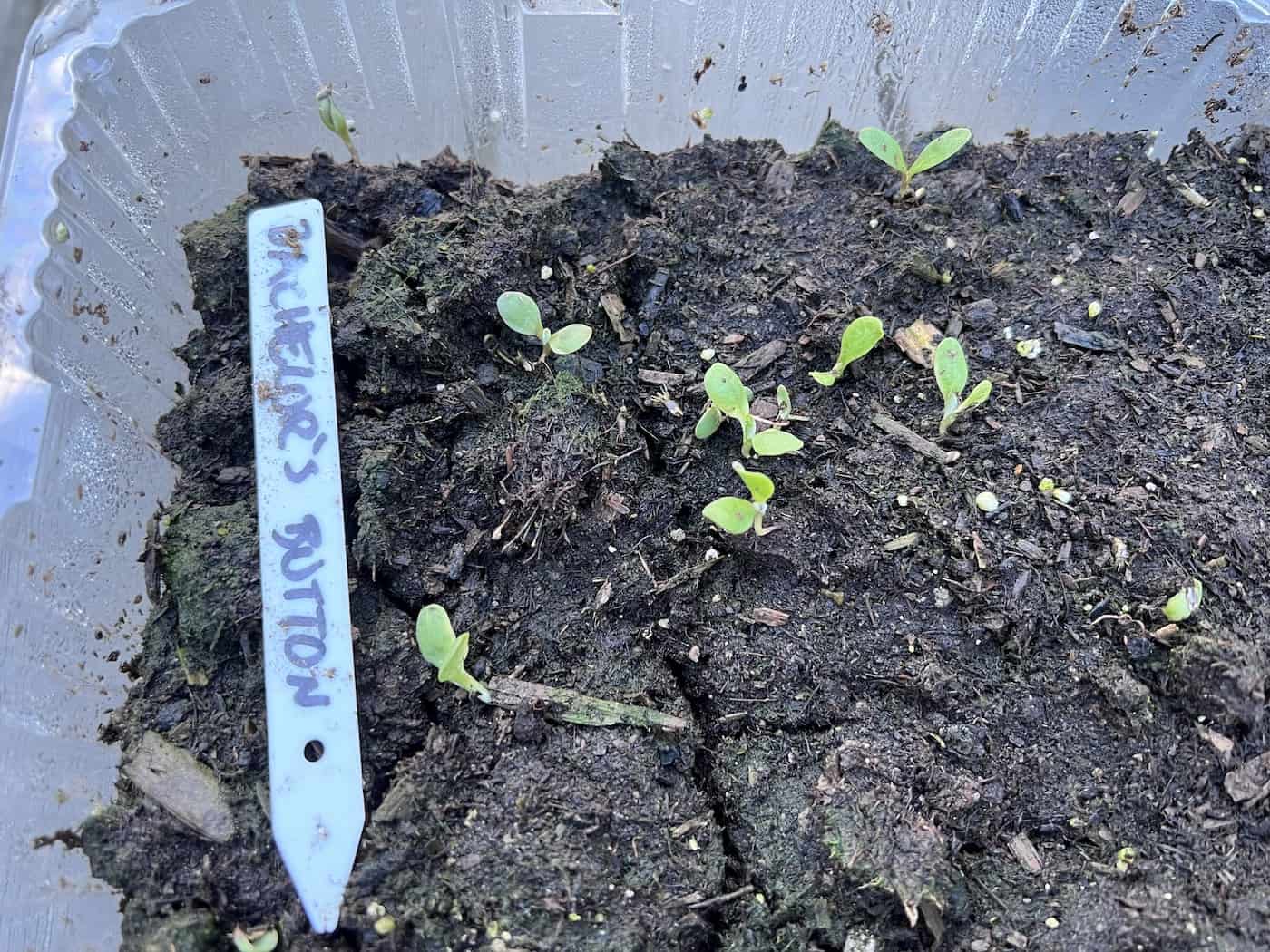
To transplant bachelor button seedlings, you will need a few supplies. These include potting soil, a small trowel or shovel, and the seedlings themselves. If you have access to an outdoor space for planting, you may also want to purchase some gardening gloves and a watering can.
Before transplanting your bachelor button seedlings, it is important to prepare the soil in which they will be planted. Start by loosening up the soil with your trowel or shovel so that it is easy for roots to spread out when planted. Once this is done, add some compost or fertilizer if desired, and mix into the top layer of soil before planting your seedlings.
When ready to plant your bachelor button seedling(s), make sure there is enough room between each one so that they can grow properly without overcrowding each other’s roots. Dig holes slightly larger than the root ball of each individual plant and place them inside gently but firmly, pressing down on any air pockets around their base before filling in with more soil until level with ground surface surrounding them. Then water thoroughly after planting has been completed.
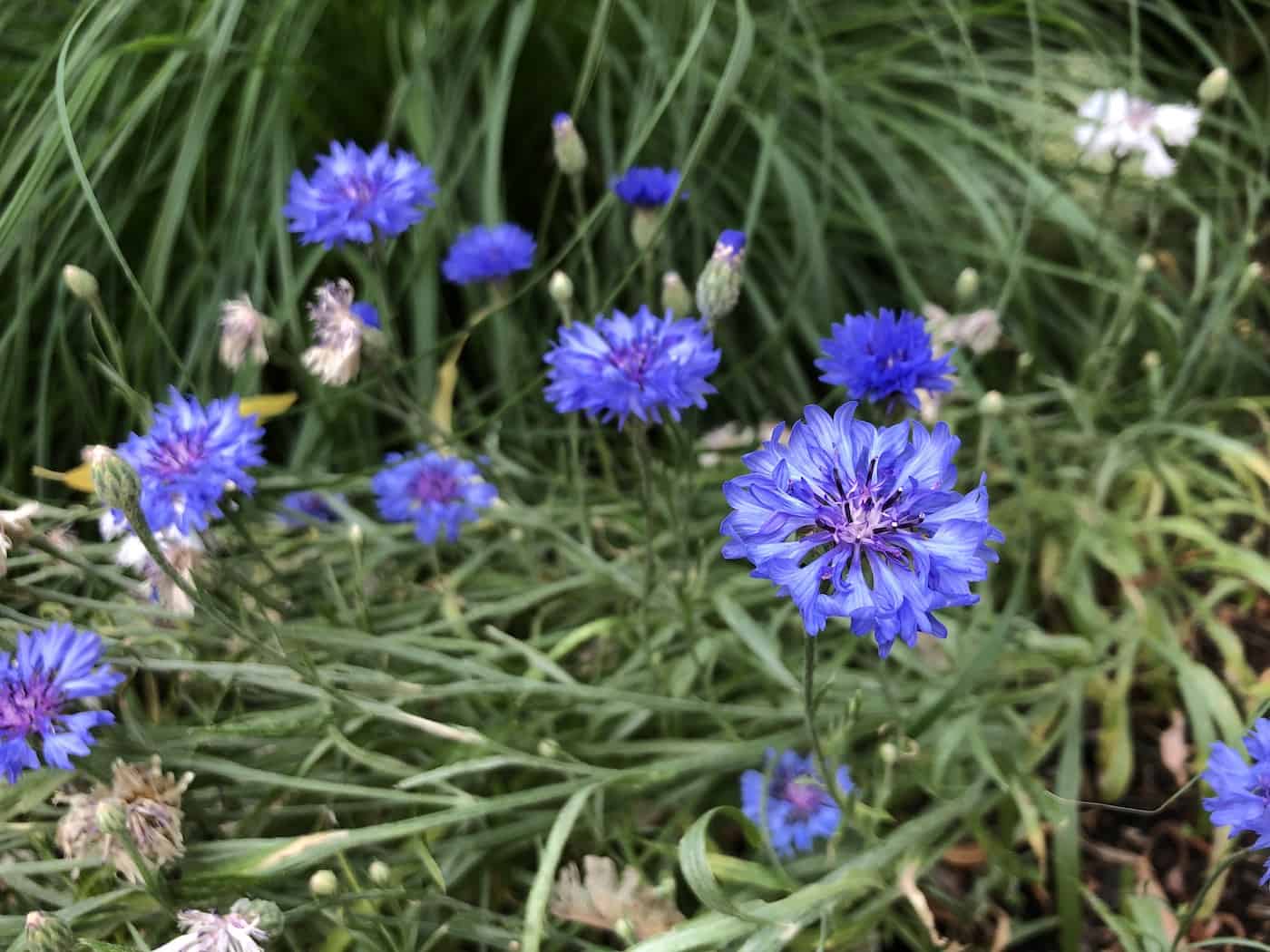
Yes, bachelor buttons (Centaurea cyanus) can usually survive frost. They are a hardy annual flower that can tolerate temperatures as low as -20°F (-29°C). However, they will not bloom until the temperature rises above about 50°F (10°C).
In areas with mild winters, bachelor buttons may remain in bloom for several months. In colder climates, it is best to plant them in spring and enjoy their blooms throughout summer and early fall before frost sets in.
The best time to plant bachelor button seeds is in the early spring, when temperatures are between 45-65°F. However, if you missed this window of opportunity, it’s still possible to plant them late in the season. In areas with mild winters and cool summers (such as much of North America), they can be planted up until mid-summer or even early fall.
The key is to ensure that the soil temperature remains warm enough for germination and growth; otherwise, your seeds may not sprout. With proper care and attention, you should be able to successfully grow bachelor buttons even if you’ve planted them a bit later than ideal.
Yes, you can plant bachelor button seeds in the fall in many warmer climates. Fall is a great time to start planting these flowers because they need cooler temperatures for germination and growth.
Yes, bachelor buttons (Centaurea cyanus) will usually reseed themselves. This is a self-seeding annual flower that can be grown from seed and will come back year after year in the same spot. With proper care, these cheerful blooms can provide color for years to come.
Before you go…
Not only will you have beautiful blooms come spring, but you’ll also be able to enjoy watching your seedlings grow and thrive throughout the winter months. With just a few simple steps, you can easily create an abundance of bachelor button flowers that will add color and beauty to any outdoor space. So why not give it a try?


